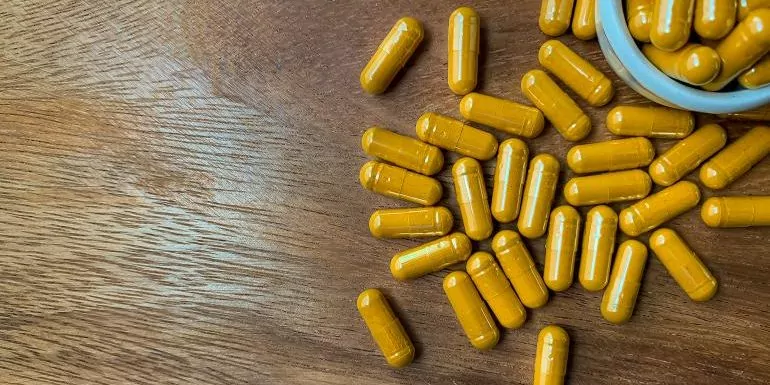Athletes are human, too, and vulnerable to chronic inflammation. Repetitive strain injury, post-exercise pain and stiffness, lowered resilience and mood—all which involve inflammatory stress—can affect performance during and out of season. A severe problem will take an athlete out of competition, and even the milder inflammation in delayed muscle soreness (DOMS) will take them out of contention by reducing performance such as running economy by up to 3%.1
A physiological inflammatory response to training is essential to the development of muscle tone, fitness and growth, but the 21st century food universe has become excessively pro-inflammatory, and unless countered, is inimical to performance on the field or track. The reasons for this are well-known, including the progressive removal from modern processed and ultra-processed foods of such key anti-inflammatory nutrients like omega-3 highly unsaturated fatty acids (HUFAs), polyphenols and beta glucans, and prebiotic fibers. This negative configuration is aggravated by the presence in modern foods of high levels of pro-inflammatory factors such as advanced glycation and lipoxidation products (AGEs and ALEs), and an excessive glycemic index.
The overall impact of this inflammatory stress and dysbiosis is responsible at the public health level for the increased frequency and decreased latency of the so-called ‘diseases of civilization.’ Among the sports and athletics communities, this inflammatory nightmare can downgrade stamina, performance and recovery. And after an athlete’s active career is over, the inflammatory cascade can accelerate their decline into illness.
Comprehensive dietary change is indicated, but can be difficult or distasteful; instead, there is a growing interest in nutritional anti-inflammatory ingredients.
The polyphenols in curcumin (Curcuma longa) and the fatty acid amide palmitoylethanolamide (PEA) are generating promising data against inflammation. Given their wide therapeutic indices and different mechanisms of action, these two nutrients make up a very attractive combination in sports and athletics.
Until recently, curcumin’s diverse pharmacology has failed to transfer to clinical results due to its poor bioavailability.2 However, a new curcumin-rich turmeric extract (HydroCurc®, from Gencor Pacific), developed with patented technology (LipiSperse, from Gencor), has been shown to provide the highest bioavailability of curcuminoids into blood plasma (807nm/ml) to date from a single dose, well within the therapeutic range where curcuminoids exert multiple anti-inflammatory effects.
Read The Full Article HERE





